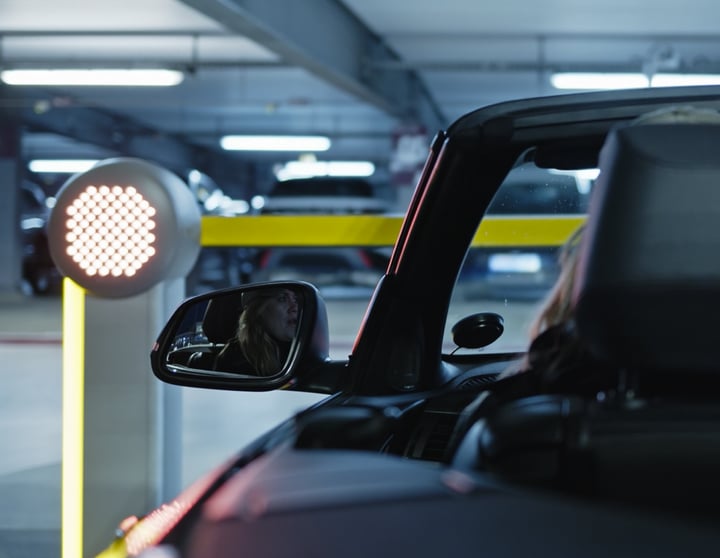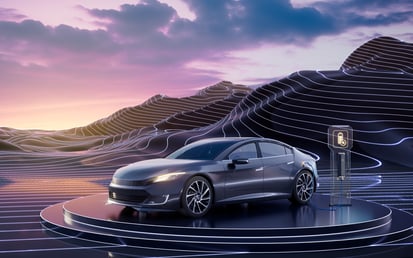Pros & Cons of Parking Barriers: Is There a Better Way?
Imagine a world where parking isn't a source of frustration. No more scrambling for loose change, fumbling with tickets, or getting stuck behind someone struggling with a malfunctioning barrier. Here, a technology-driven solution is revolutionizing the parking experience in Europe, Free-Flow Parking. As the world of parking is changing, so are the consumer preferences for flexible cash-less payment methods. But how can traditional parking barriers, such as gates or ticket machines, keep pace with modern parking requirements? The third article in our series on the Riverty “Future of Parking” survey looks at the pros and cons of parking barriers and the impact on users and parking operators alike.

Traditional Barriers: A Necessary Evil or a Frustration Machine?
Parking barriers have long been the norm, serving the purpose of access control and revenue collection. While they offer a sense of security, the convenience factor often takes a backseat. From long lines caused by malfunctioning barriers to the stress of misplaced tickets, traditional parking systems can be a source of major frustration for users. Furthermore, barriers create operational challenges for parking facilities, adding to maintenance costs and potentially causing traffic congestion. Accessibility concerns are another drawback, as barriers may not comply with regulations for people with disabilities.
Free-Flow Parking: A Tech-Savvy Savior?
Free-Flow Parking, powered by license plate recognition (ANPR) technology, offers a glimpse into a future free from parking woes. This innovative system eliminates the need for physical barriers and tickets, transforming the parking experience into a seamless flow. Imagine driving effortlessly into a parking facility without stopping for a ticket, your license plate recognized automatically. Exiting and paying are just as easy, eliminating delays and the potential for lost tickets. Free-Flow Parking boasts a range of benefits, including significant time savings, reduced user frustration, and improved accessibility for everyone.
Also read about: Free-Flow Parking in Europe: Trends & Adaptation
The Road Ahead: Convenience Meets Challenges
While Free-Flow Parking presents a compelling solution, it's not without its own set of hurdles. Some users might find the registration process inconvenient or have concerns about payment accuracy and data privacy with ANPR technology. For parking operators, implementing Free-Flow Parking requires upfront investment and ongoing considerations regarding maintaining technology. Technical issues with license plate recognition, data management, and customer support needs must be addressed.
No risk of non-payment on free-flow parking spaces
Additionally, a small risk of non-payment exists, potentially impacting revenue streams. But that is where Free-Flow Payment method providers such as Riverty, take the risk and ensure that after a customer has left a barrier-free parking lot without parking, all open parking fees are paid in full. Despite these challenges, the future of parking appears to be headed towards Free-Flow Parking. Its focus on convenience, efficiency, and user experience aligns perfectly with the needs of modern cities striving for smarter and more sustainable mobility solutions. As technology advances and user expectations evolve, Free-Flow Parking is poised to transform the way we park, paving the way for a future where parking is a breeze, not a burden.
Want to learn more?
In our comprehensive mobility study, we cover insights from 6000 participants across seven countries in the Nordics and DACH. Discover how the landscape of parking is evolving in response to technological advancements and changing consumer preferences.




